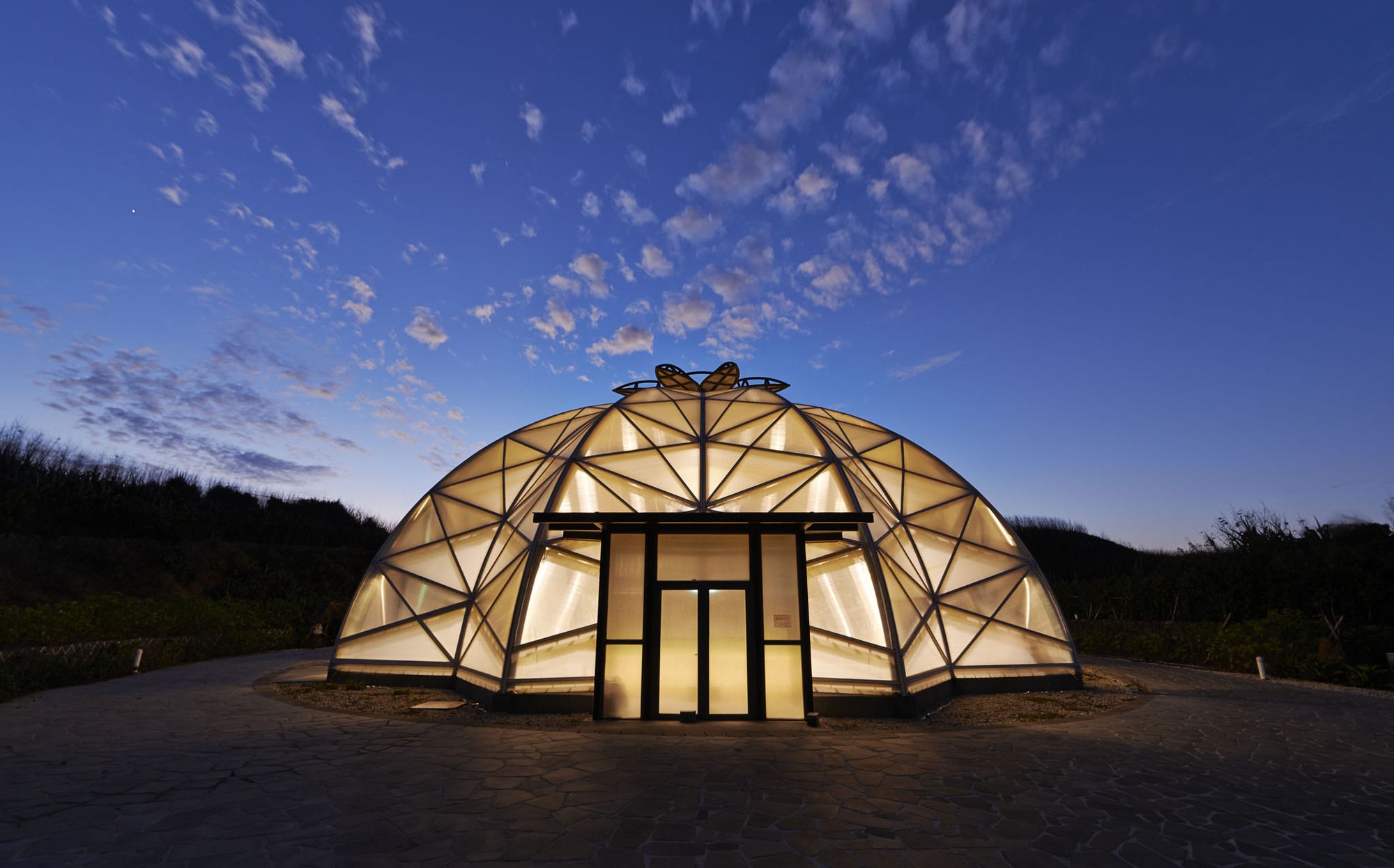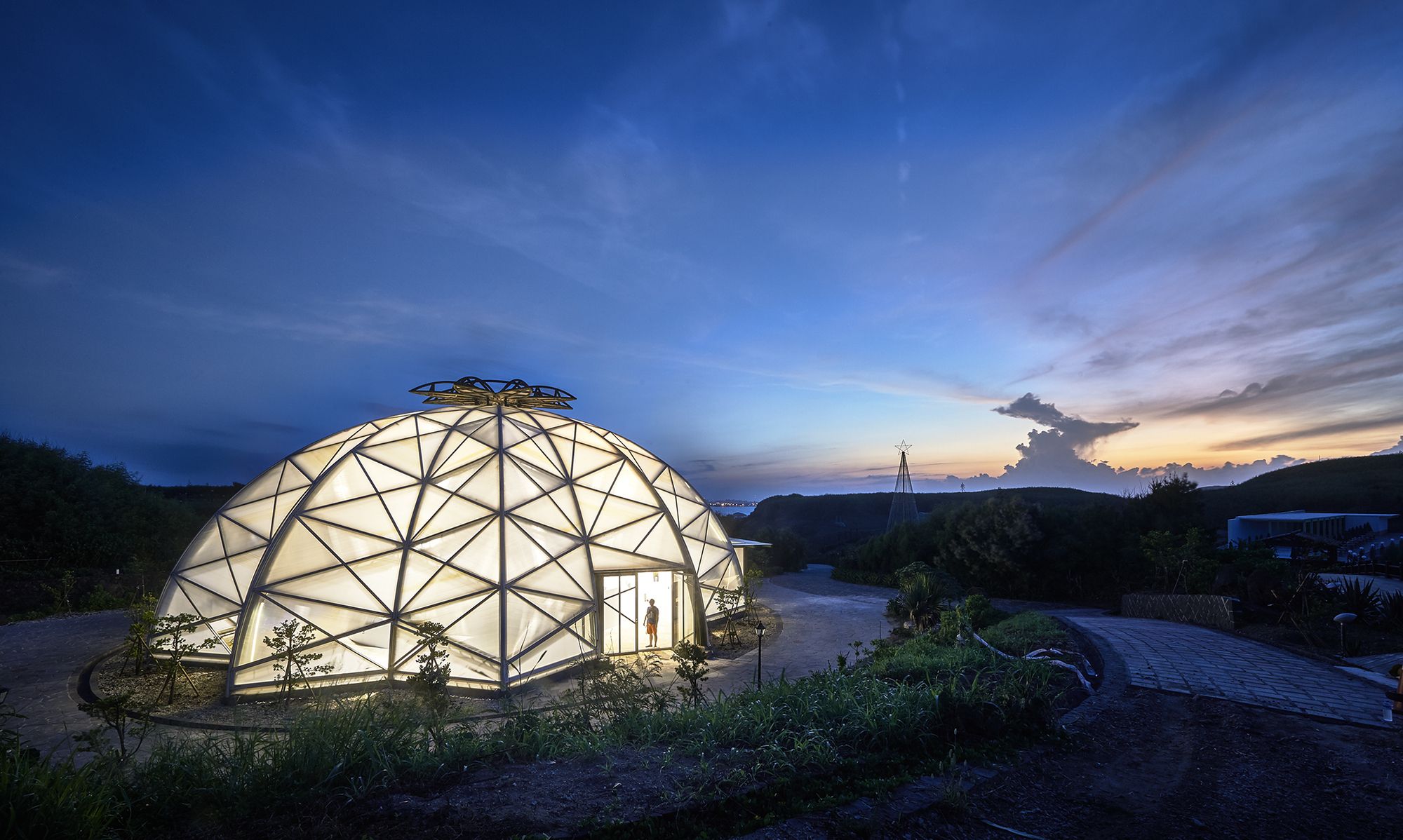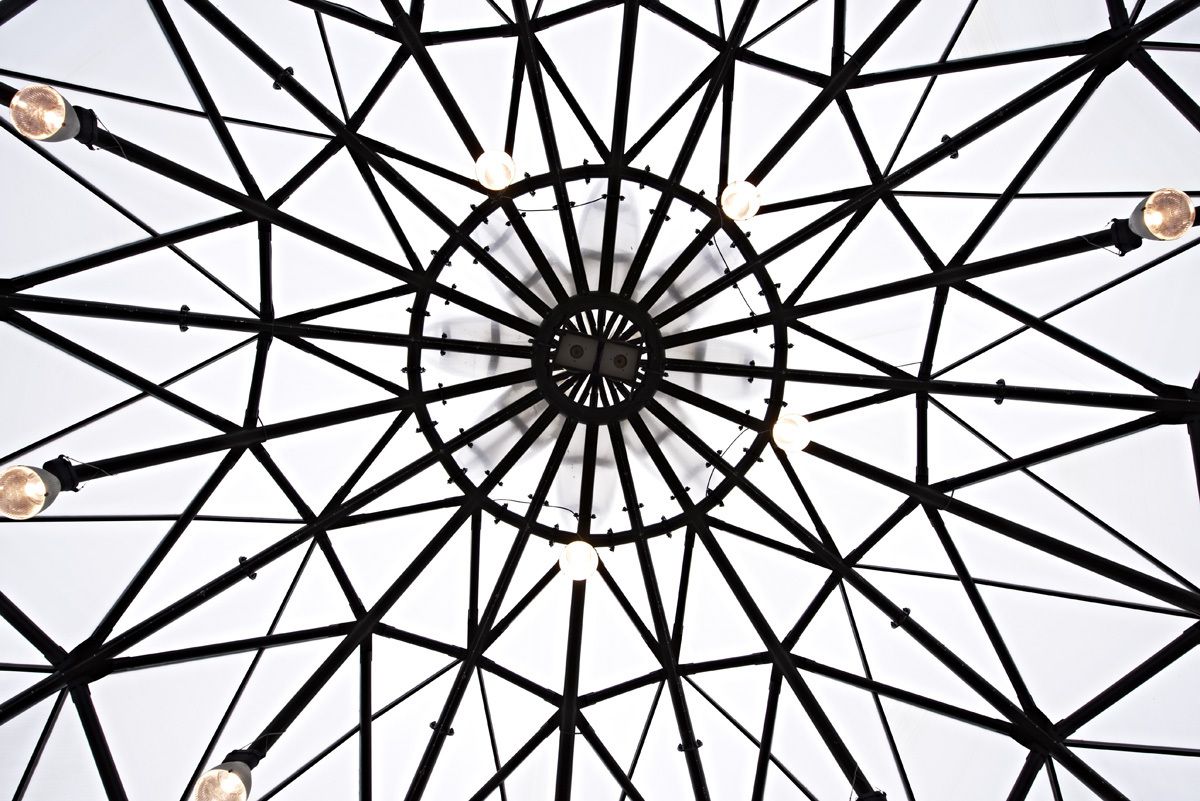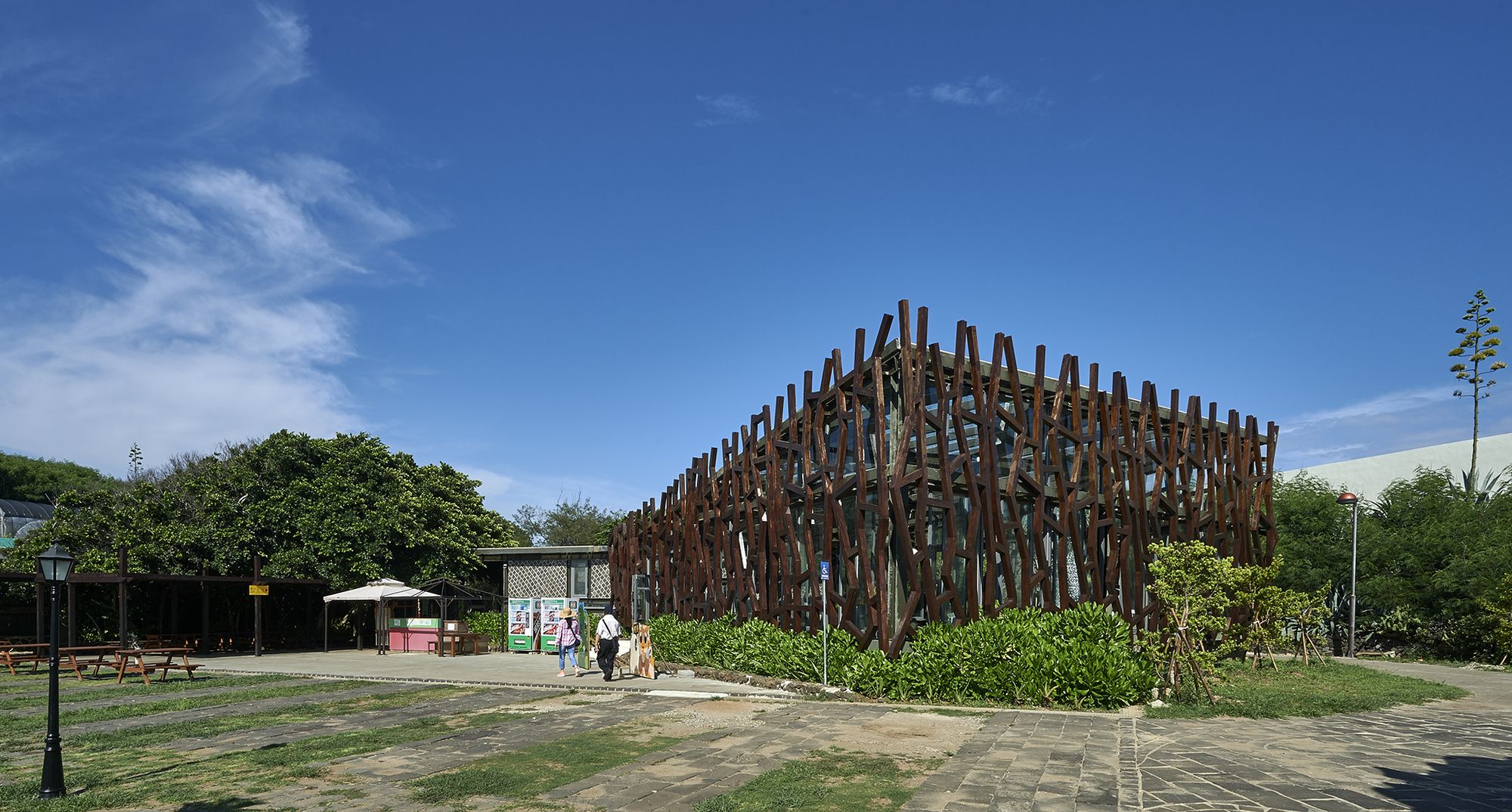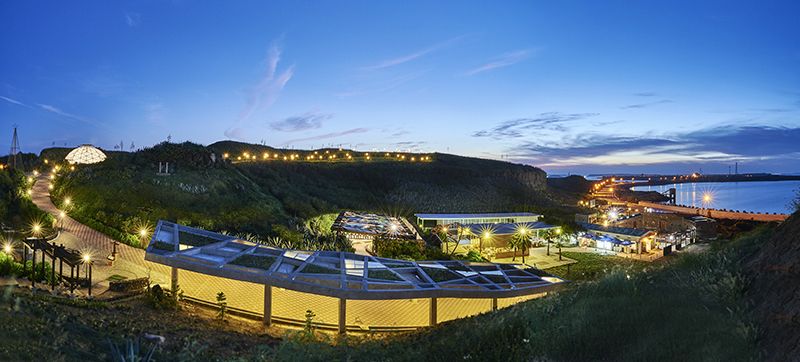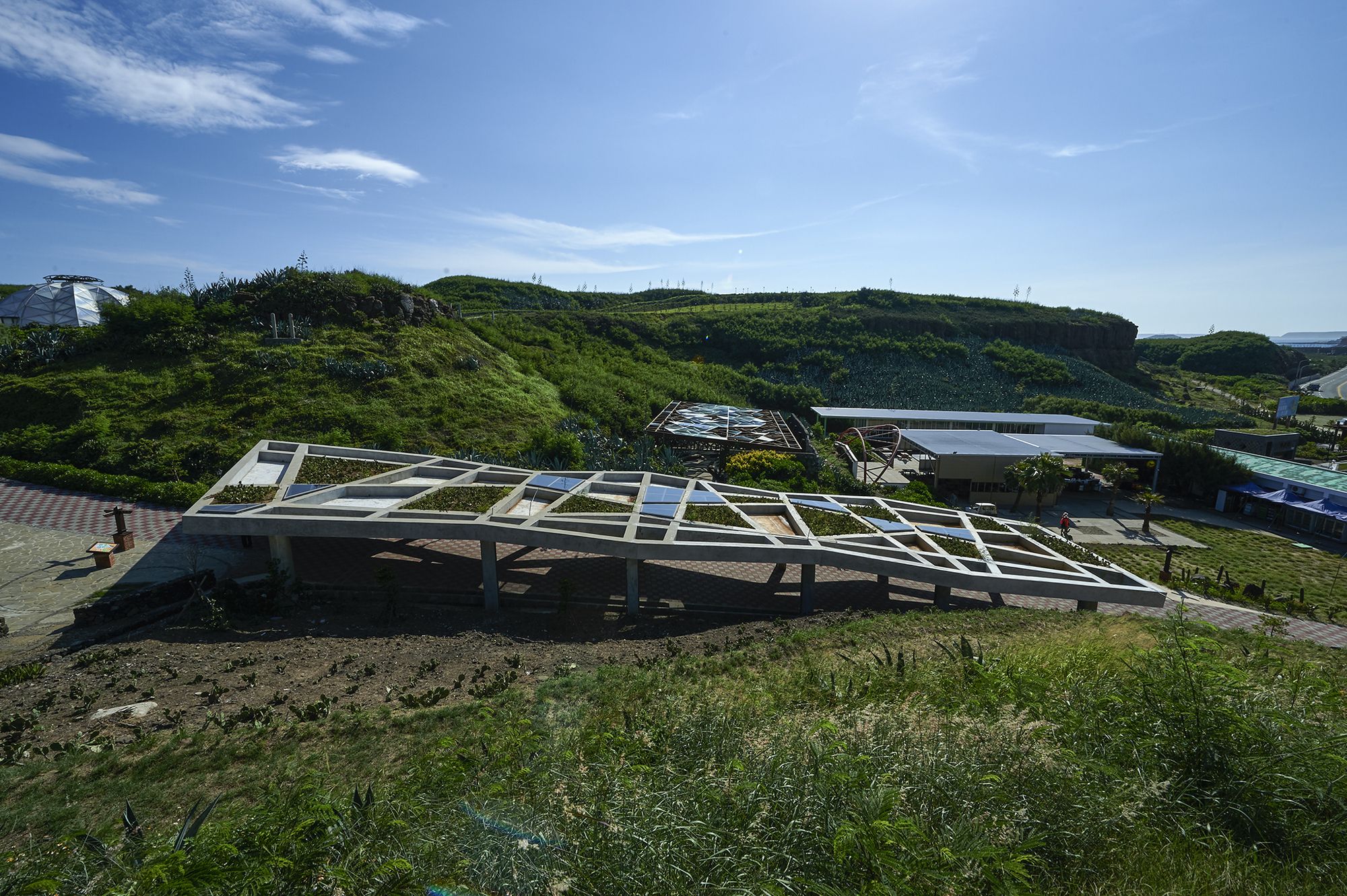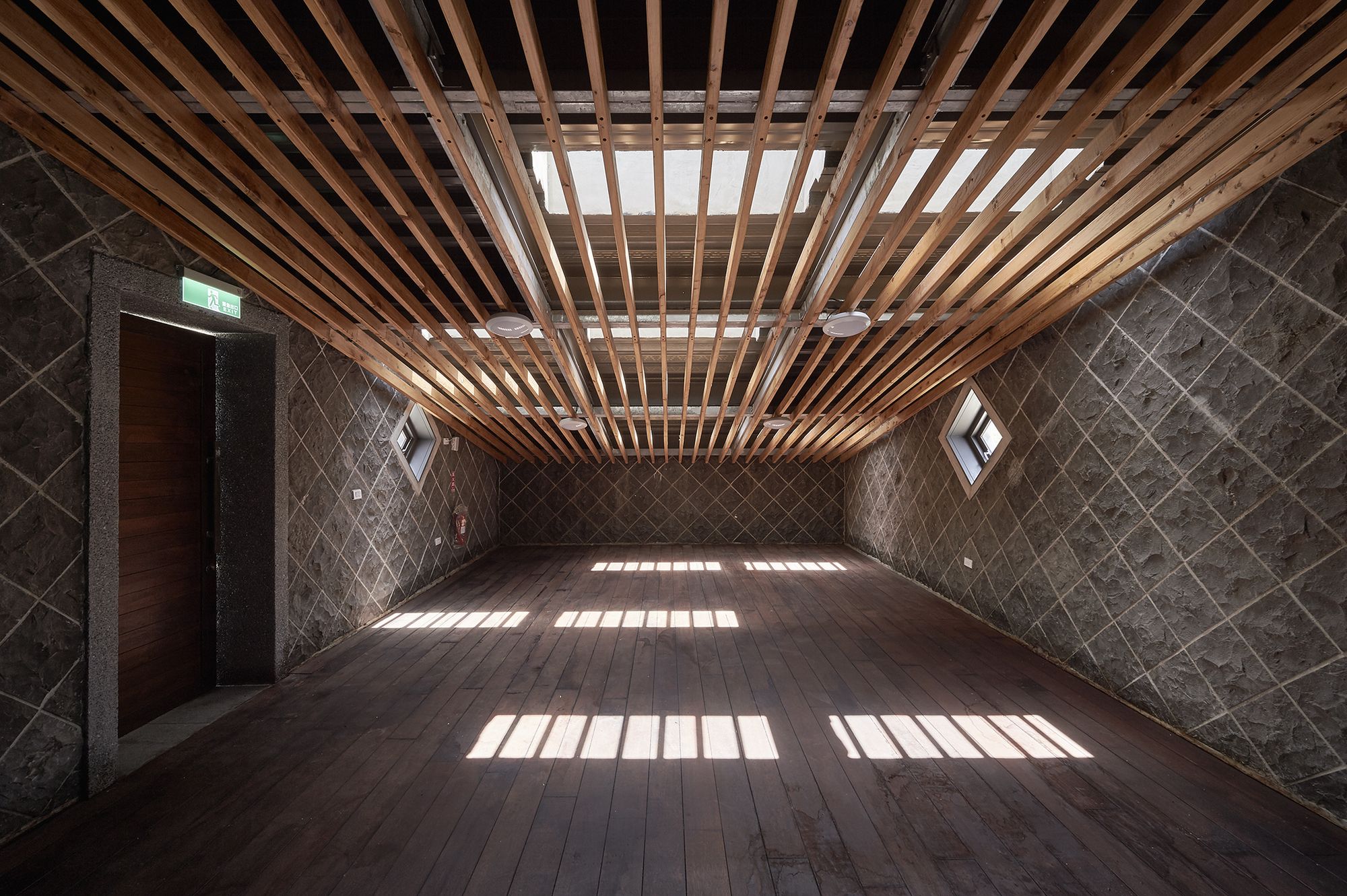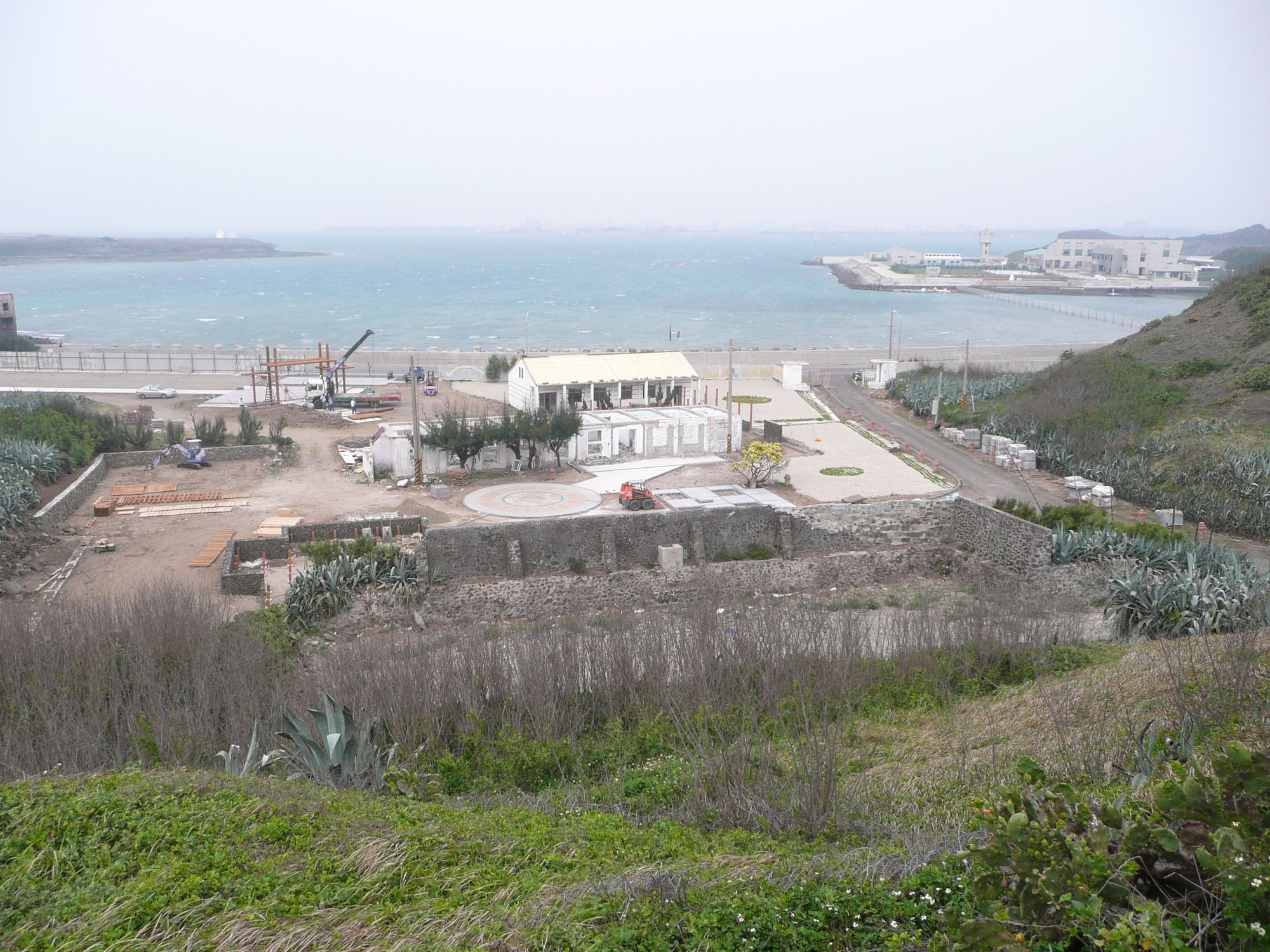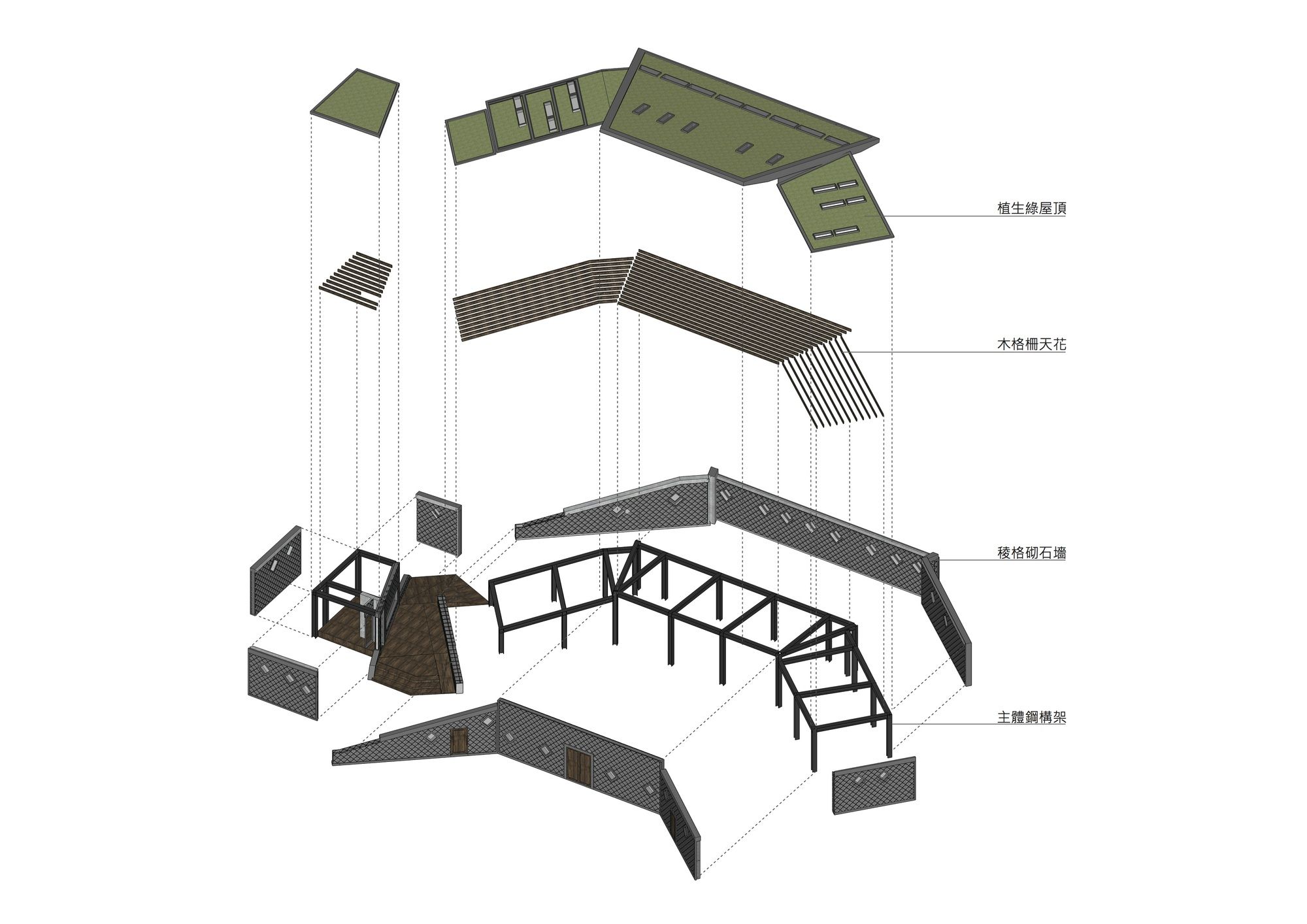Penghu Qingwan Cactus Park
Qingwan district is located at Penghu’s Fongguei Peninsula. Surrounded by sea, it is abundant in marine resources and natural wonders. The basaltic landscape, diverse vegetation, and forts remained from the military days make Qingwan the perfect place for tourism development.
Moreover, the project’s landscape treatment work better enhance the district’s condition for ecological diversity. Vegetation planting and air purifying also help. The integration of different parts within the district not only improves environmental quality but also creates more recreations. During the process of vegetation adjustment, water conservation is made possible due to the corresponding relation between low-lying land and highland, boosting Qingwan’s capability of ecological restoration.
In detail, the core zone of the project is to control and minimize any damages construction might bring. Outside of the zone, the projects aim to increase ecological diversity by reconnecting to mountains and sea and the areas nearby. The cactus park helps the preservation of the basaltic landscape and stresses the place’s military background, facilitating the formation of different types of recreations. Setting up leisure activities along the coastline, such as the plan of bike lanes, then intends to broaden the scope of Qingwan’s ecotourism.
The project, consisting of the cactus park, artists village, and environmental landscape, possesses great sea views that relax people. The parks are mainly greenhouses designed with elements associated with cactuses.
The artist’s village is located at an old coastal guard site by the sea. To revitalize the old buildings at the site and preserve their original looks at the same time, the design used is mainly placement and face-lifting. The environmental landscape is the greenbelt that connects the traffic flow of various greenhouses and creates the look and feel of a park.
1. The cactus parks include following spaces:
- Big cactus greenhouse: integrated teak in the shape of the cactus wraps around the facade; large-sized windows facilitate ventilation and basaltic masonry retaining walls that feature prism grid fit the local environment.
- Echinocactus grusonii cactus greenhouse: with bent steel as a structure and white and transparent pc panels bringing in natural light, the greenhouse resembles the shape of the cactus and has a soft glow.
- Basaltic-based greenhouse: the making of wall and roof is inspired by local masonry retaining walls; the use of integrated teak on the wall and roof softens the overall look.
- Exhibition room: Basaltic masonry retaining walls with prism grid fit the local environment; tilted roof facilitates the growth of greenery, greeting visitors coming to the park.
- Shed at the entrance: Bringing the structure of masonry retaining walls and greenery to the roof of the shed situated on a slope, making the architecture coexist well with the surrounding landscape.
2. The artist’s village includes the following spaces:
- Workshop: the exterior walls are made of grey-black pebbles. Solid wood panels and dividing lines of the pebbles create a sense of rhythm on the wall. The interior walls preserve the original structure.
- Accommodation: it features light blue steel shed and gray steel structure. The roof and interior compartments are placed without damages the original architecture.
- Bathroom: the old architecture made of masonry is fixed and a new architecture featuring wooden weatherboards is also built. The two are connected with a steel shed.
- Plaza: curved masonry and seating of different height let the plaza connect with surrounding landscape.
It primarily is to improve the landscape surrounding the greenhouses and the overall environment; to enhance water conservation by setting up rainwater conservation basin, and to help the growth of plants under the cold weather. After investigating the whole district, the design team finds the well-designed rainwater recycling system from Japanese-Occupied Period. It suggests the problem of water shortage and importance of rainwater collection. The team’s take is to keep the water conservation design at the lowest point of the site and strengthen water conservation through infiltration, which in turn will facilitate the overall plant growth. To block the cold north-east monsoon that carries salt and interferes plant growth, the team develops windbreak inspired by the method used by local farmers. The windbreak of 180~240cm can help the growth of plants by the sea more effectively.
Project Info
Architects: CCL Architects & Planners, Co-Forest Environment Design Association
Location: Zhejiang Sheng, China
Design Team: Lin Chi Chin, Chang Chien Lung Chin, Jiang Chang Lin, Chan Tsung Jui, Kung Cheng Ta, Shih Yu Shin
Year: 2015
Type: Park
Photographs: Lin Fu Ming



